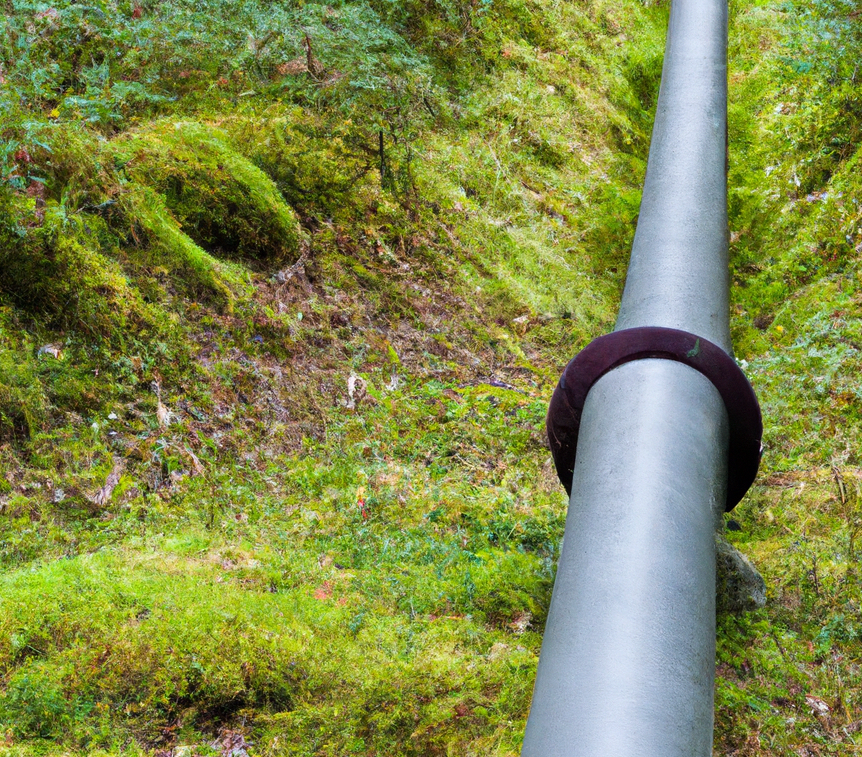It was May, 2016, when I had the chance to ask Donald Trump if he would approve the Keystone XL pipeline.
On that day in Bismarck, North Dakota, he had just secured enough delegates to become the presumptive Republican candidate for president. I asked if he would approve the Keystone XL. He said he would, but he wanted a piece. It was the biggest moment in my journalism career. If you watch the clip, you’ll hear my voice off camera, asking the question.
The saga of what happened since then is too long to recreate, other than it the only portions built were in Alberta, paid for by the Province of Alberta. This past year, after 18 years of heartbreak and misery, TC Energy announced it was dumping its experiment into oil pipelines like a despised soon-to-be-ex-wife.
TC Energy announced on July 27 it would spin off a new liquids pipelines company from its natural gas pipelines and power generation business. The new company, South Bow, took the 72 kilometre, 20 inch White Spruce Pipeline and 460 kilometre, 20 inch Grand Rapid Pipeline in northern Alberta. But those were chicken feed. The spin off was all about the half-continent spanning 30 and 36 inch Keystone System/Marketlink which runs 4,324 kilometres from Hardisty, Alberta, to the U.S. Gulf Coast.
Well, TC Energy might be rethinking their spinoff now. Oops.
Just months after the Trans Mountain Expansion (TMX) going online, the Canadian oil industry is already looking for its next export pipeline.
At the Lloydminster Heavy Oil Show, Alberta Premier Danielle Smith brought up something remarkable – the idea of dusting off pipeline projects that were dead and buried. One project she mentioned was Keystone XL.
She said on Sept. 11, “I would also love to see a restart of some kind of project on Keystone XL.
Maybe that route was not the right one. Maybe if they just twinned the existing route? Maybe that would have been the pathway to go, because we managed to get Line 3 and Trans Mountain done on the basis of using an existing right of way.”
It’s an intriguing idea, especially since nearly all of the Canadian pipe is in the ground. As mentioned above, Alberta paid for the construction of the line from Hardisty to close to the Saskatchewan border at Empress, Alberta. That was supposed to be the starting point for KXL to go straight southwest through Saskatchewan, Montana, South Dakota to Steele City, Nebraska.
But it was also supposed to be the starting point for the doomed Energy East pipeline. That line was supposed to make use of an underused 42 inch line in the TransCanada mainline, converting it to natural gas, and extending it past Kingston, Ontario to Saint John, New Brunswick.
While I still think we should revive that project, if we can’t, then we should use that pipe to revive the Keystone idea.
Call it Keystone II. Or better yet, call it something totally different. Trump 1. I don’t care.
Anything but Keystone. And he’d approve Trump 1 in a New York minute So you start at Hardisty, go to Empress, use the existing 42 inch line through Saskatchewan via Moose Jaw, Regina and Moosomin to Brandon. There, the route takes a right turn, straight south to Steele City, paralleling the first Keystone Pipeline.
Brian Zinchuk is editor and owner of Pipeline Online, and occasional contributor to the Frontier Centre for Public Policy. He can be reached at brian.zinchuk@pipelineonline.ca.



